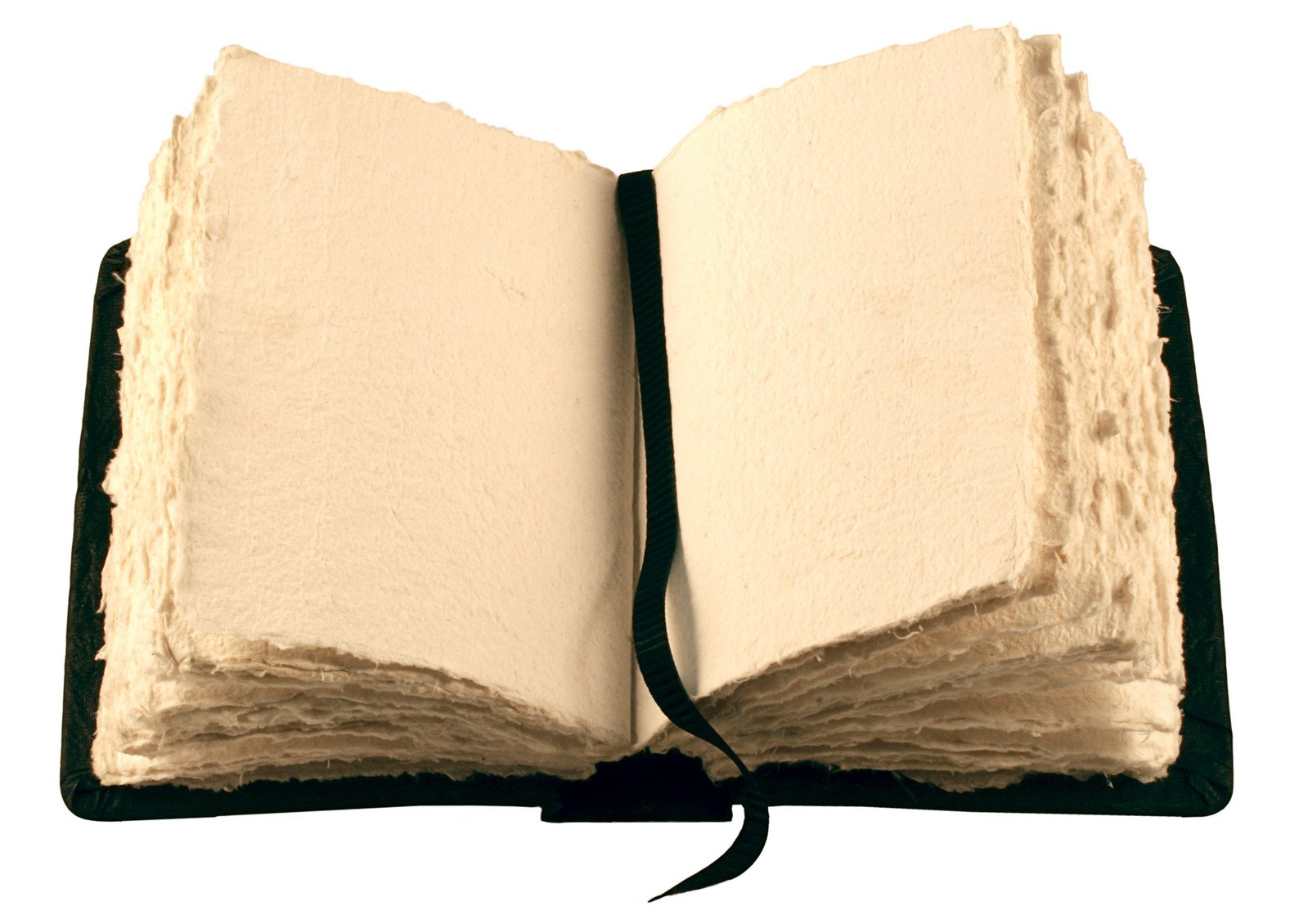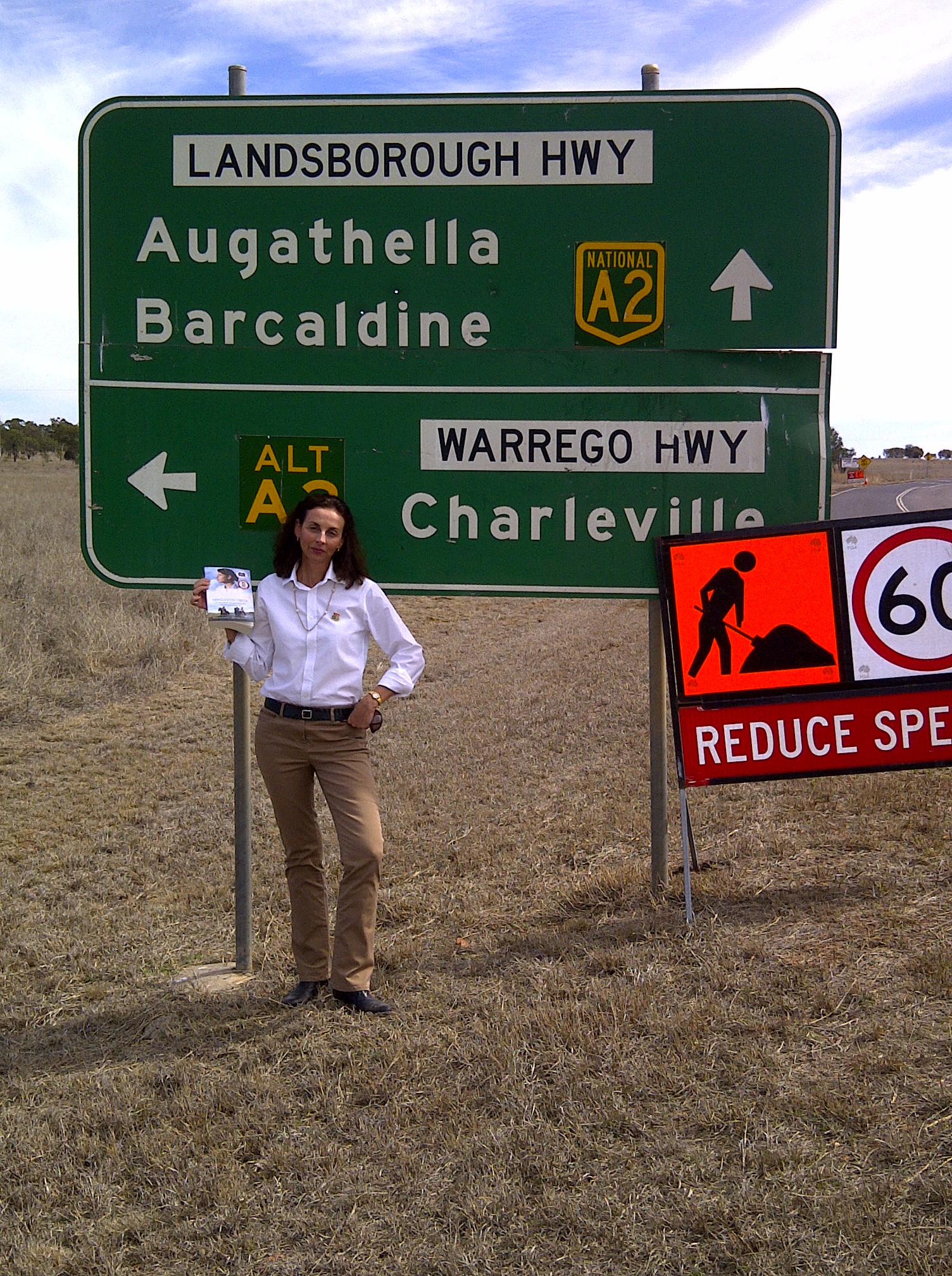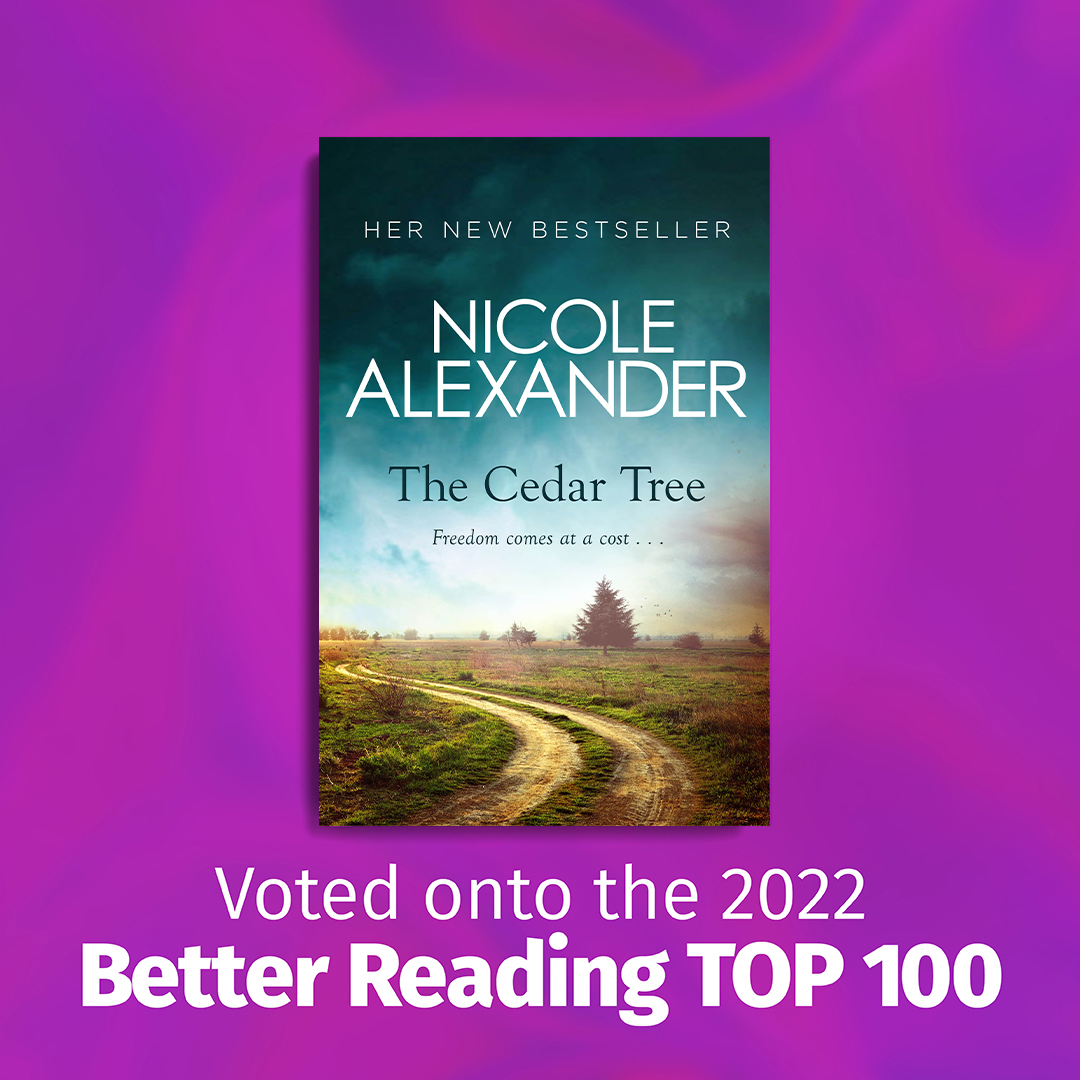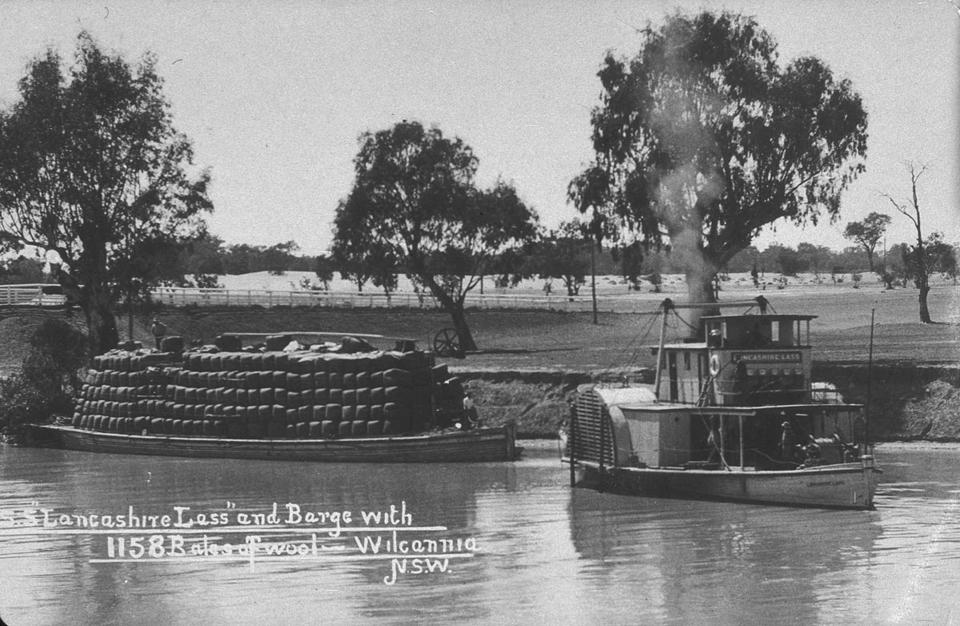A big welcome to Peter Watt. As someone who dabbles in historical narrative I’ve been a big fan of Peter’s since reading The Cry of the Curlew. If you’re a fan of Australian rural literature and partial to an engrossing, authentic story set in the outback, then this is the type of read for you. The Cry of the Curlew was published in 2000, way before the current explosion of the rural genre occurred and it stands alone for its evocative voice and compelling story.
Peter has spent time as a soldier, articled clerk, prawn trawler deckhand, builder’s labourer, pipe layer, real estate salesman, private investigator, police sergeant and advisor to the Royal Papua New Guinea Constabulary. He speaks, reads and writes Vietnamese and Pidgin. He now lives at Maclean, on the Clarence River in northern New South Wales. Fishing and the vast open spaces of outback Queensland are his main interests in life.
Peter kindly answered ‘Five Quick Questions’ and I do hope he will make a return visit to my site when Beyond The Far Horizon is released in November of this year.
- 1.You write historically based action adventure novels . How important a role does research play in your work?
The genre of historically based novels has its credibility in the accuracy of historical facts. The reader has to know that the historical scenes portrayed reflect as true as possible that time in the past. Thus primary sources such as diaries and recorded eye witness accounts prove to be the best sources, followed by books written by authoritative authors as a backup. The detail is important and if a meal is being described it has to be based on a source of that time. Even down to the level of underwear. Researching Cry of the Curlew caused a little embarrassment when I heard one librarian whisper to another that I must be some kind of pervert when I checked out titles on womens underwear in the period written about. The author of historical action adventure must educate as much as entertain.
- 2.When it comes to designing a new novel do you have a firm plot in mind from conception?
I find that the process of writing is something different with each author I meet. There are plodders and plotters. A plotter has all the bits of paper set out with a synopsis of each chapter. The plodder which I am tends to have a vague, overall idea of where the story will start and end. What happens in between is driven by the characters reacting to the world they live in. By writing in such a manner the end of each chapter may not be what I set out in my mind.
3. From the feedback you have received from readers, what have been the aspects of your novels that people have most enjoyed?
From over a decade of being a full time author with the books published in many languages I can relate that readers like the brevity in description with the emphasis on story line and character development. The deliberate use of suspense keeps them gripped and the most common term used over the years by readers in correspondence is that the books are amongst the most cannot put down they have read – a reaction that I aim to achieve.
4. Do you have a favourite work?
I cannot say that I have a favourite book. Professional writing requires that each book that goes on the market must be better than the last. It is a hard objective to achieve, and over the years readers have identified their own favourites for various reasons known only to them.
5. Whats next in your fiction writing?
My next book, Beyond the Far Horizon will be released in November this year. It is the 7th in the family saga and takes the reader through the final months of the Great War and into early 1919.
Peter’s last novel was To Ride The Wind. I can highly recommend it ! In 1916, the Duffys and Macintoshes are entangled in the horrors of World War I. From the deserts of the Middle East to the trenches of Europe, the hand of death is always present. But even those left behind are not safe, for the most dangerous of enemies is not the Germans or the Turks, but someone much closer to home… To Ride the Wind continues the story begun in To Touch the Clouds, following Peter Watt’s much loved characters as they fight to survive one of the most devastating conflicts in history and each other.
5.








Leave A Comment